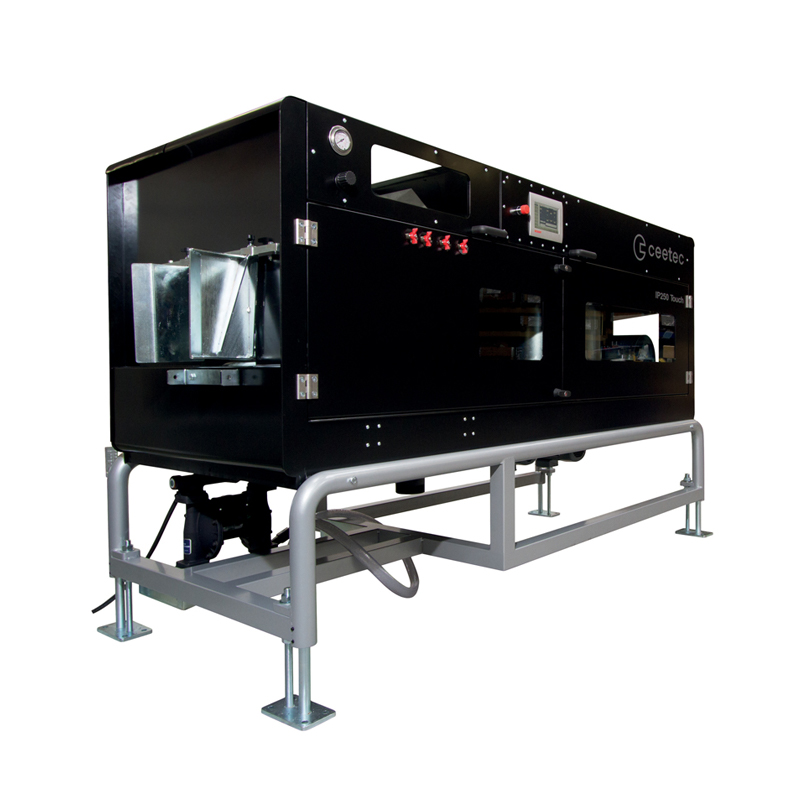
The redistribution of pressure drop observed is mainly because the special geometric construction of pleated cartridges compresses the flow on the medium and produce higher pressure drop there. Furthermore, the cleaning performance gets improved because the value enhances on the top section. The better cleaning performance was observed in the medium, with 150% increase compared to that with a cylindrical shape.

It is considered to enhance the cleaning mechanical stress at the bottom section of the filter cartridge. At the same time, the area-averaged pressure drop at the bottom section of the filter has an increase of 50% under the cartridge with a convergent–divergent shape compared to that with a cylindrical shape. It shows that the reverse flow has much more competence to remove the dust powder or cake from the porous media. For convergent–divergent cartridge shape, the peak pressure on the inner surface of porous media has an obvious increase and the peak pressure arriving time is earlier than other cases. Different pleated cartridge shapes are expected to be able to redistribute the pressure drop across the porous media along the filter height and to improve the flow behavior after pulsing gas releasing from the nozzle. It was found that the convergent–divergent cartridge was able to effectively improve the cleaning performance without the increase of tank pressure. The conventional cylindrical cartridge was selected as the base-model of filter cartridge and contrasted with other three cartridge shapes. The transient static pressure fields for filter cartridges under four different pleated cartridge shapes were studied.
Single inklet nozzle cleaning software software#
To calculate the transient flow and pressure fields for a simple filtration system with one filter cartridge in the reverse pulse-jet cleaning process, an unsteady computational fluid dynamics model was developed via the commercial computational fluid dynamics software of ANSYS CFX. To resolve the above issues, a new pleated cartridge shape was introduced in this study to improve the cleaning efficiency and quality of pleated filter cartridges. Patchy cleaning is one of the principal factors resulting in the reduction of the efficiency and quality of reverse pulse-jet cleaning as well as the service lifetime of filtration units. The benefit of applying annular-slit nozzles in the reverse flow cleaning was also observed in the cases taking into the consideration of the dust cake release from the cartridge filter surfaces. More, the better cleaning quality of reverse flow cleaning is expected because of the induced gas flow passing through the inner tube of an annular-slit nozzle when the air jetting was initiated from the nozzles.

The uniformity of pressure distribution along the cartridge height is also improved, resulting in the less probability of filter media damage by local mechanical stress developed during reverse flow cleaning when increasing the tank pressure. Compared with paired round nozzles, annular-slit nozzles have favorable effect on the local cleaning efficiency of pleated filter cartridges by significant increasing of local static pressure drop, especially in the upper region of pleated filter cartridges. The cleaning performance of three different annular-slit nozzles and paired round nozzles (having the same opening area as that of associated annular one) were analyzed.

A 3-D transient numerical model was developed to model the flow and pressure fields in a simple filtration system having a single pleated filter cartridge.

In this study we investigated the effect of annular-slit nozzles on the efficiency and quality of reverse flow cleaning. Annular-slit nozzles were proposed to reduce the patchy cleaning often encountered in the reserve flow process for regenerating filter media in industrial filtration systems.


 0 kommentar(er)
0 kommentar(er)
